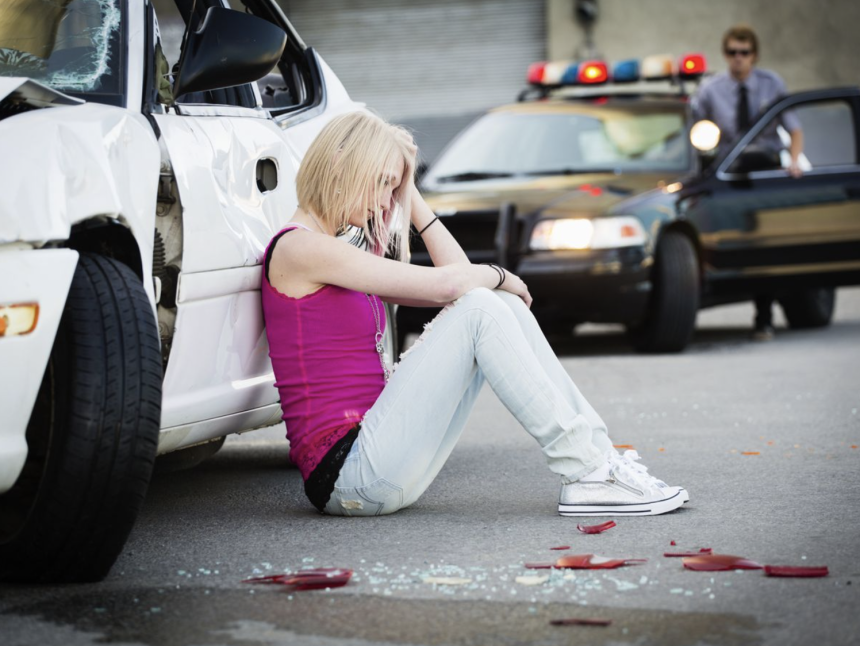There are several important steps you should follow in any car crash to ensure both your safety and that of your passengers. Starting with the most important, if you or anyone else appears to be injured following the incident, call 911 and request emergency services. Ensure that you get a formal copy of both the police official report of the accident, and medical records of any injuries sustained, as it will be critical in proving damages. Where possible, make sure to gather any relevant information from the other driver as well, such as name, contact details, insurance provider, and policy number. Additionally, make sure to document the scene by taking pictures of the damage done to each vehicle, as well as any other evidence that could help establish who was at fault.
Contact Your Insurer
The subsequent step is to contact your car insurance provider as soon as possible. They can help you understand the how to file a claim and give you advice what to do next. Make sure to provide them with as much information as possible, including any evidence and documentation you have gathered. If you were not to blame for the accident, then you may be eligible to receive financial help from the other driver’s insurance provider. This is why it’s important to have documented evidence of the incident, as well as exchanged contact information and insurance details with the other motorist.
Negligence State Rules
Varying states follow different fault determination rules, but most adhere to the comparative negligence system. This means that liability is assessed against all parties involved, and any damages awarded are based on the proportion of fault assigned to each. A thorough review of the evidence collected at the scene, such as police reports and eyewitness testimonies, will help to determine who is liable. Moreover, some of these states may combine this law with the ‘no-fault insurance’ rule, which guarantees that the injured parties will still receive compensation from their respective insurers regardless of who contributed to the accident.
However, if you’re in one of the few states that follow contributory negligence laws, then liability cannot be shared, and if you are even partly to blame for the crash, you might not be able to recover compensation. This means you should be able to demonstrate that the other driver was entirely responsible for the accident.
Seeking Legal Assistance
Depending on the specifics of the accident, you may need to enlist legal assistance to ensure that your case is heard, and any due compensation is awarded. A car accident lawyer in New York City can assist you in understanding how the law applies in your case, as well as provide legal advice on you should move forward with your claim. It’s important to note that this state follows a “pure comparative fault” system, meaning any compensation awarded is proportional to the amount of liability assigned.
Conclusion
You shouldn’t bear the full brunt of any financial losses caused by an accident that wasn’t your mistake. Make sure to document all evidence at the scene, contact your insurer, and seek legal advice if necessary. This will ensure the best chance of receiving the compensation you are entitled to for any medical expenses, property damage, or other costs incurred because of the accident. Keeping yourself covered is the best way to receive financial compensation for your accident.
Lynn Martelli is an editor at Readability. She received her MFA in Creative Writing from Antioch University and has worked as an editor for over 10 years. Lynn has edited a wide variety of books, including fiction, non-fiction, memoirs, and more. In her free time, Lynn enjoys reading, writing, and spending time with her family and friends.















